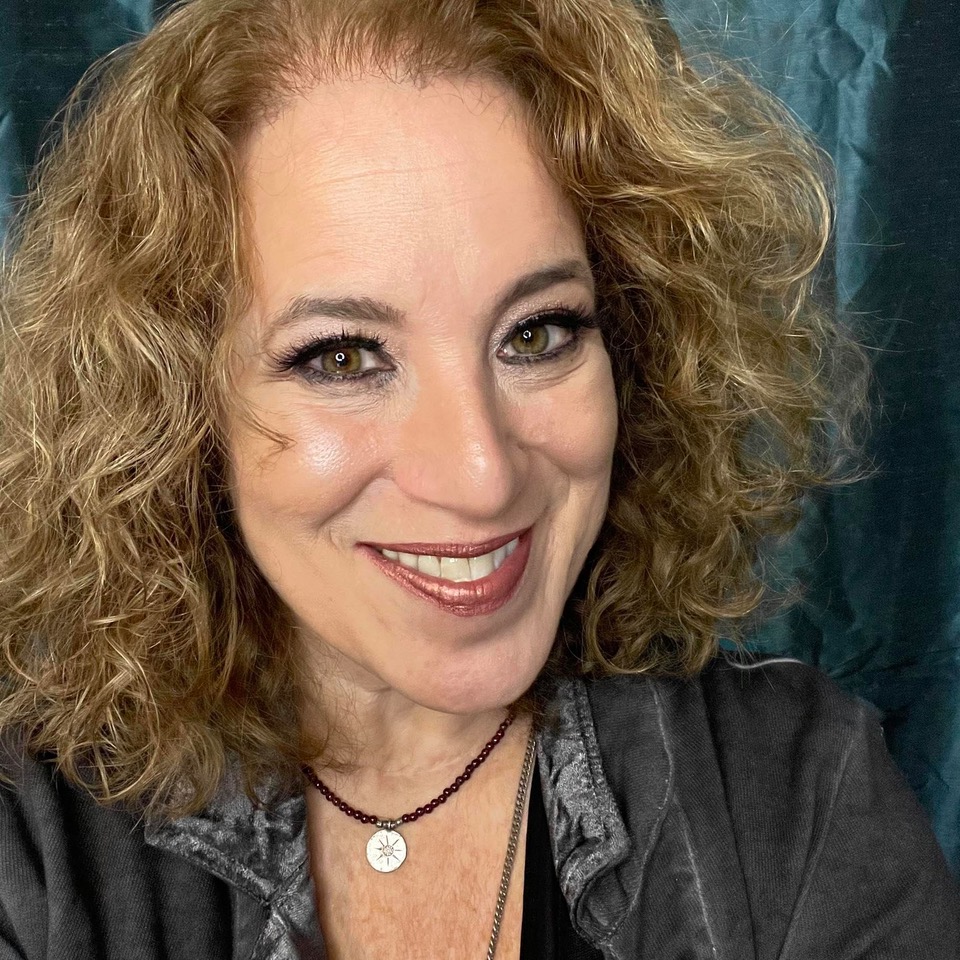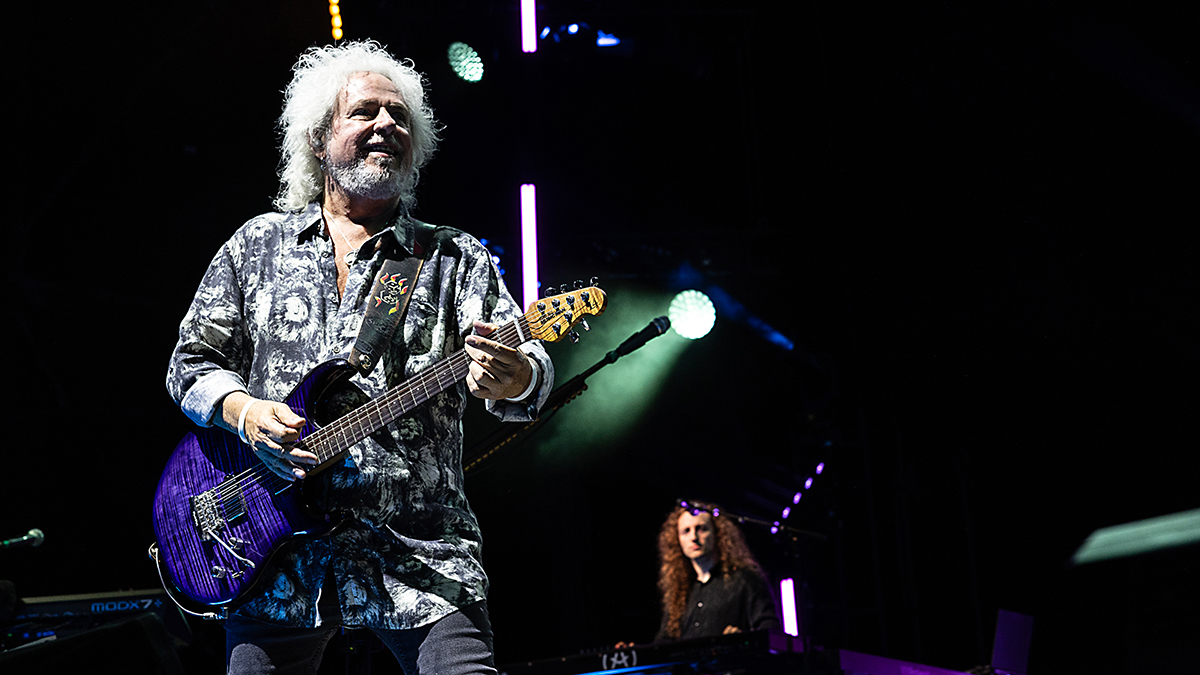Capo Tricks & Treats

Beyond the obvious capo advantages of changing a song key to match vocal range, the capo can be handy tool for other purposes as well.
There’s no reason not to keep one (or two) in your guitar case or clipped to your headstock for the moment that a need arises.
Here are some uses of this handy device.
The key is key
When you use standard tuning, there are a number of keys that are easy for guitarists to perform in. Common guitar keys include E, A, C, D or G - probably because many songs are written on guitar and these keys are easy to play.
But if you are in a band with horns, keys that come up can be challenging. Horn-based songs are often written in keys such as F, B-flat or E-flat. These can be difficult to finger on guitar. But use a capo and you can easily keep up with the horn section!
Gender compatibility
All the latest guitar news, interviews, lessons, reviews, deals and more, direct to your inbox!
I often sing songs that were originally recorded by guys and sometimes the original key just doesn’t fit. There’s no way I can reach that high (or low!). Changing the key with a capo is an easy way to adjust. And when the key feels right we all sound better!
Instant separation
If you play in a band with two guitars, you can easily place them in different parts of the sonic spectrum by having one use a capo. Now the chord voicing are varied and each plays its own special part.
A song such as “Hotel California” will really sound great if you have one guitarist capo’d at 7, the other at 5. This allows your chord voicings to really ring, without you having to navigate repeatedly tiring barre shapes. Experiment!
Mid-song shenanigans
With a spring-type capo, like Kyser, you can move the capo to a different fret easily, with one hand. In fact this is so easy, you can even do it in mid-song, for a modulation. You can store your Kyser capos on the headstock of your guitar, for easy access, and they don't get lost. You can also sometimes store them clamped on your guitar strap. Easy access and a quick fix.
Partial capos
Partial capos add another level of complexity — or simplicity — to your sonic arsenal and can be great for adjusting the lower or upper notes for easy fingering, or a more “open” tuning sound. They take a bit of practice to put into use.
Some partial capos clamp three strings (highest or lowest, on either side). Others will clamp 5 strings, allowing, for example, a Drop-D or E style tuning instantly. Others clamp middle strings for open A (for example) or even suspended 4th chord voicings when you play “open.” There are even “harmonic” capos that let you fret lower register chords normally, but aid harmonics above the 5th or 7th fret. Tricky stuff!
Slide superiority
You might think that because a partial capo can make an open-tuning sound that you can also easily play slide guitar the same way you do in open tunings. However, if you keep the guitar in standard tuning, you probably won't get a chord when you put the slide across all 6 strings. There are, however, some clever ways to use special tunings or to add a partial capo to an open tuning that change what happens when you put the slide down. Play around with capo positions and simple fingerings to make it come together.
Check out this video in which Kyser goes through some of the cool uses of partial capos.
Laura B. Whitmore is a music industry marketing veteran, music journalist and editor, writing for Parade.com, Guitar World, and others. She has interviewed hundreds of musicians and hosts the She Rocks Podcast. As the founder of the Women’s International Music Network, she advocates for women in the music industry and produces the annual She Rocks Awards. She is the Senior Vice President of Marketing for Positive Grid, making the world safe for guitar exploration everywhere! A guitarist and singer/songwriter, Laura is currently co-writing an album of pop songs that empower and energize girls.

